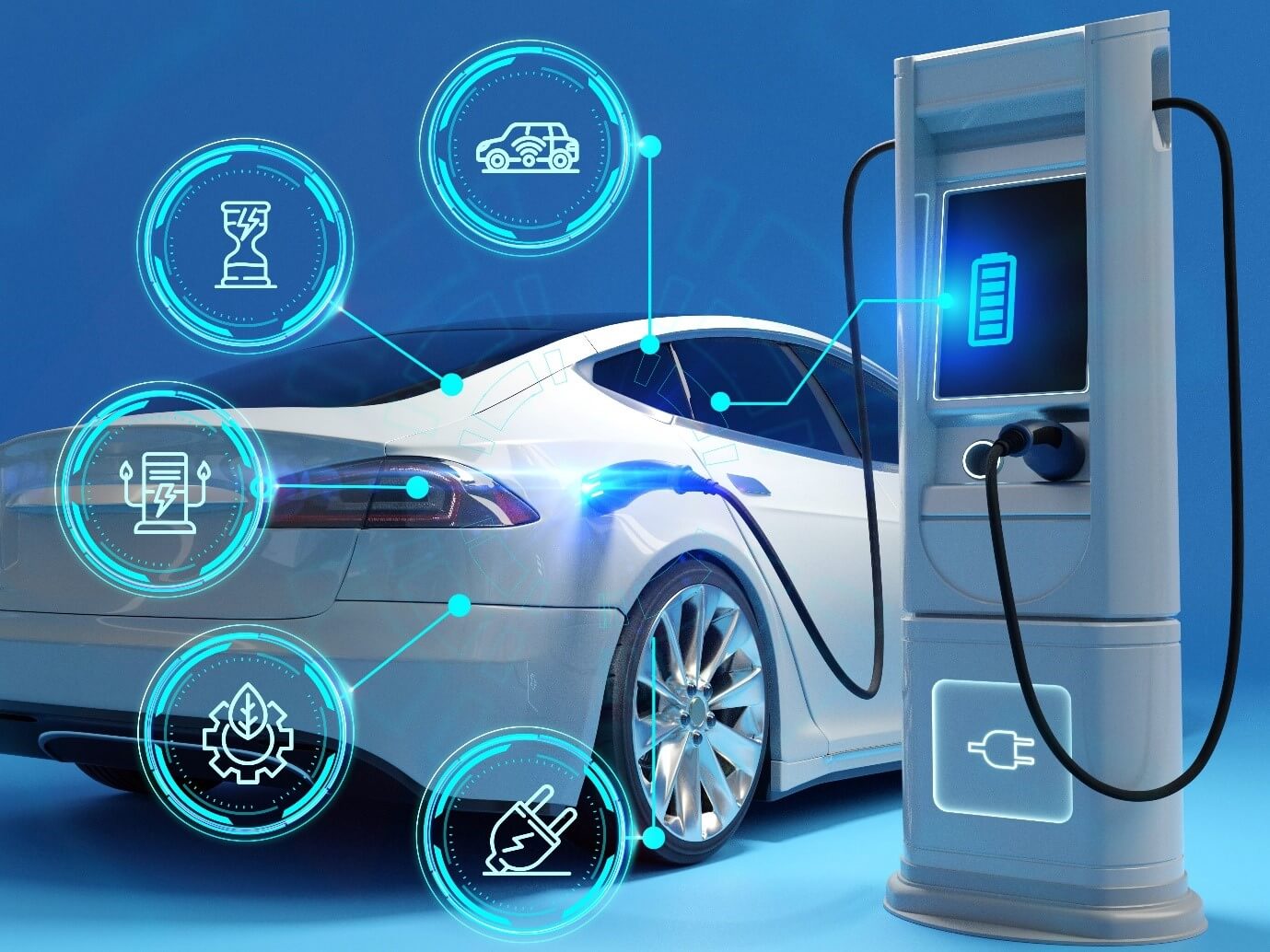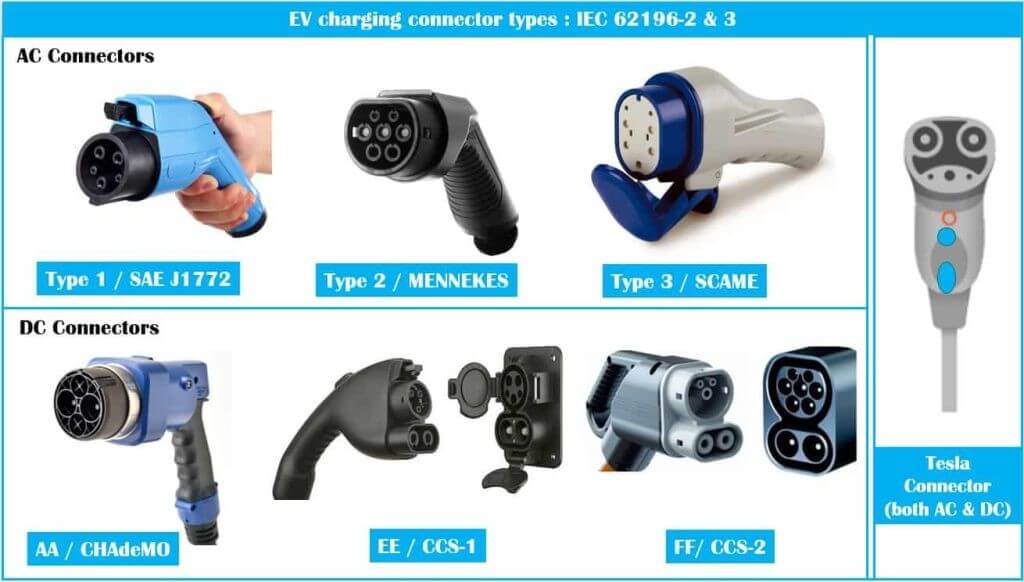An Electric Vehicle (EV) charging station is a setup designed to supply the essential framework for recharging electric vehicles. It incorporates a variety of Electrical elements to securely transmit energy to EVs. These stations, known as EVCS, feature an array of connectors, power management devices, and occasionally networked systems that handle user verification, payment processing, and oversight of the charging activity.
The Importance of EVCS is growing rapidly as the world is gradually moving towards cleaner, and more sustainable transportation options. Below are a few points explaining significance of EVCS:
EV Charging equipment are categorized based on how quickly they recharge batteries. The charging duration varies widely from under 20 minutes with DC fast chargers to 20 hours or more with Level 1 Chargers, depending on multiple variables.
Selecting the right equipment for a given purpose involves weighing factors like connectivity, payment options, and upkeep requirements.
Depending on the type of power supply, Electrical vehicles can be charged using two main types of power: AC and DC. EV Charging Infrastructure is categorized into 3 primary levels each differing in type and level of input power and charging speed.
EV charging stations are more than just power hubs—they are a cornerstone of the transition to sustainable transportation. By combining energy efficiency, environmental benefits, and cutting-edge technology, they pave the way for a cleaner future while supporting the growing demand for electric vehicles. As infrastructure expands and innovations like faster charging and renewable energy integration continue to evolve, EVCS will play an increasingly vital role in shaping a greener, more efficient world of mobility.



